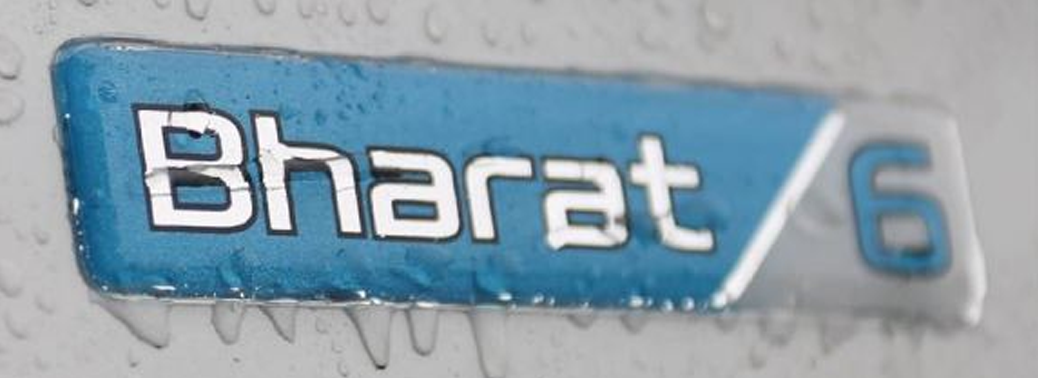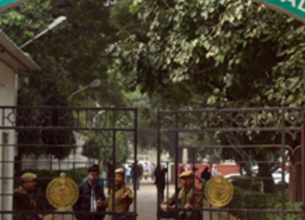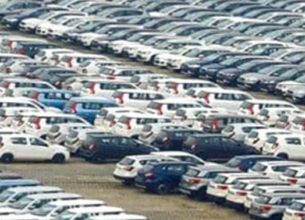ROLLING OUT TO BS-VI NORMS
21, Nov 2019

Prelims level : Pollution & Waste Management
Mains level : GS-III Conservation, Environmental Pollution and Degradation, Environmental Impact Assessment.
Why in News?
- India Ratings & Research report has said rolling out BS-VI norms to Commercial vehicles (CV) Would Create Short Term Trouble.
About Bharat Stage Emission Standards:
- The Bharat Stage (BS) is emission standard instituted by the Government of India to regulate the output of air pollutants from motor vehicles.
- The Environment Ministry is responsible for deciding the fuel standard in the country. The Central Pollution Control Board (CPCB) implements these standards.
- The BS regulations are based on the European emission standards.
- Companies can come up with new vehicles with BS VI fuel standards even before the April 2020 deadline. But after the deadline, vehicles that do not comply with BS VI standards will not be registered.
- These norms are applicable to all two wheelers, three wheelers, four wheelers and construction equipment vehicles.
About BS-VI:
- To curb growing menace of air pollution through the vehicles emission, the Government of India has decided to leapfrog from the exiting BS – IV norms to the BS- VI, thereby skipping the BS – V norms, and to implement the BS – VI norms with effect from 1st April 2020.
- Only those vehicles will be sold and registered in India from 1st April 2020 onwards, which comply with these norms. The norms are stringent and at par with global standards.
- The major difference in standards between the existing BS-IV and the new BS-VI auto fuel norms is the presence of sulphur.
- The newly introduced fuel is estimated to reduce the amount of sulphur released by 80%, from 50 parts per million to 10 ppm.
- As per the analysts, the emission of NOx (nitrogen oxides) from diesel cars is also expected to reduce by nearly 70% and 25% from cars with petrol engines.
Difference between BS-IV and BS-VI:
- The shift makes on-board diagnostics (OBD) mandatory for all automobiles. The OBD unit will be able to identify likely areas of malfunction by means of fault codes stored on a computer ensuring that sophisticated emission control device which is fitted in a BS-VI vehicle runs at optimum efficiency throughout the life of the vehicle.
- Apart from engine calibration, there will be various after treatment additions such as selective catalytic reduction and diesel particulate filters to meet carbon monoxide, hydrocarbons, nitrous oxide and particulate matter limit of BS VI norms.
- Migration to BS VI norms necessitates the use of oxygen sensors, a complex coding of the electronic control unit and ignition control.
- The cost of producing BS VI grade fuels will be higher compared to BS IV fuels.
- The two-wheelers predominantly used carbureted engines (air and fuel for internal combustion are mixed in the proper air–fuel ratio) and they have to now move to fuel injection engine systems (an injector is used to introduce the fuel for internal combustion).
- Diesel hydro-treating units that will ensure the reduction of sulphur concentration to stipulated limits are being created or their capacity is being augmented.
- For meeting gasoline fuel quality, desulphurization technologies along with octane boosting units are being installed.









